By Richard L Rapson
(Adapted from https://www2.hawaii.edu/~rapson/New%20College.htm by J Lundell; thanks to Jinx Ashforth for bringing it to my attention.)
I think it safe to say that New College stands as the most ambitious and far-reaching educational experiment in the history of the University of Hawaii. Nothing before its creation in 1968 presaged its emergence. Since its demise in 1973, no comprehensive structural reconsideration of the nature of University undergraduate education has even been attempted.
Educational reform has taken place in the last two decades separately in a hundred different classrooms, shaped by an array of imaginative professors. That sort of reform undoubtedly remains the wellspring of the educational enterprise, and is alive and well at this University. But such innovation and energy prospers better when there exists an architecture to protect and nourish it. The University of Hawaii has been, in my opinion, a distinctly lesser place since the death of New College.
If success were measured by longevity, New College would have to be accounted a disappointment. If success were gauged by the scope of its ambitions, by the loyalties it engendered among its students and faculty, by the kind of teaching and learning it promoted, and by the energies it sent off into the community—campus-wide and beyond—it would probably have to be adjudged a triumph. If measured by how close it came to achieving its own goals, the verdict would be complex, mixed, and uncertain.
THE NATURE OF NEW COLLEGE
Just what was New College? Essentially it was a four-year liberal arts College that functioned within and as a part of the University of Hawaii. When would-be freshmen applied for admission to U.H., they were given a chance to choose New College (subtitled: The Experimental College of Humanistic Studies) as their program, the application forms being accompanied by a College brochure. We received many more applications than we had places, and experimented with different admissions criteria.
New College required all students to take the same two courses each semester for the first two years. The courses were multidisciplinary and related one to the other sequentially; they covered large areas in the social sciences, humanities, and physical sciences. There was a strong emphasis on methodology, process, and critical thinking. They were also taught in a cross-cultural way whenever possible. They were designed to form a true, integrated core, but also be innovative, team-taught, rigorous, and flexible; written evaluations replaced formal grades.
For the final two years, students were freed from the highly structured lower-division curriculum to work in Oxbridge style tutorials, culminating their college careers with major creative projects: a series of scientific experiments, an art show, a scholarly thesis, a novel, a musical performance, a mathematical treatise, or the like.
The College was housed across University Avenue in a great Victorian mansion on Vancouver Way. It rested on spacious grounds and the classes were held inside and in wooded nooks within its own campus. It invited a sense of community, unlike the rest of the far more atomized University. Meals were cooked there, events took place days and night—ranging from Ravi Shankar recitals to non-credit workshops for the community to lectures and social gatherings. These brought students and faculty onto the premises long after the classes were done for the day.
I got to know more faculty from other departments in the five years of New College’s existence (two years to create it, three years of actual life) than in my other two-plus decades at the University proper. I think most of our remarkable faculty had the same experience. Students got to know other students, because they hung around the place; N.C. did not follow the commuter pattern found across the street. And faculty and students got to know one another in ways never matched—before or since—at U.H.
We sought democratic governance and a full feeling of participation and identity, and I think we went a far distance in achieving it. Our major instrument toward that end was the All-College meeting (all students, staff, and faculty with one vote), which we held weekly at a large room designed to promote conversation for large groups, located in Jefferson Hall of the East-West Center.
THE FACULTY
The College attracted a veritable Who’s Who of the regular U.H. faculty (plus a distinguished handful who came to Hawaii specifically to teach with us). They were given released time by their own Departments, most of which cooperated handsomely with us. At the risk of losing some readers (who may skip to the next section), I think it instructive to name a few names here, just to give a brief hint of the brilliance, renown, and educational energy of our faculty and of the draw furnished by N.C.
Among faculty active at New College, but no longer at the University, gone either to other Universities or else deceased, were: Paul Goodman (author of Growing Up Absurd and the “guru,” worldwide, to many in the 1960s); Donna Haraway (now at the University of California, Santa Cruz), Asa Baber (columnist for Playboy), Dick Gray (the College evaluator who went on to found and direct, as its President, Golden Gate College), Ted Brameld and Reynold Feldman( two national leaders in educational reform), Arthur Goodfriend (former Vice-Chancellor of the East-West Center), Sanford Siegel and Lawrence Piette (biologists), Herbert Weaver (an environmental psychologist), and Burton Stein (a historian recently deceased, who spent his last years writing in England). Theodore Roszak, author of The Making of the Counter-Culture, had signed on to join us for the never-to-be 1973-74 academic year.
A partial selection (the large majority of whom are still teaching or emeritus at U.H.) of some of our other most involved and valuable professors included (alphabetically by Department): Reuel Denney (American Studies); Ron Kowalke and Duane Preble (Art); Val Viglielmo (Asian languages); Fred Greenwood, Mort Mandel, Lawrence Piette, and Barbara Siegel (Biochemistry and Biophysics); James Marsh (Business Economics); Edward Langhans (Drama); Bob Potter (Education); Joan Abramson, Arnie Edelstein, Margaret Solomon, and Phyllis Thompson (English); Richard Seymour (European Languages) and James Araki (Asian Languages).
And: Arnold Feldman (General Science); Gordon Bigelow (Geology); Ted Rodgers (Linguistics); Bob McGlone (History); Albert Benedict (Microbiology); Peter Coraggio and Allen Trubitt (Music); Ann Boesgaard (Physics and Astronomy); Peter Dobson (Physics); Jim Dator and Henry Kariel (Political Science); David Crowell and David Watson (Psychology); Fritz Seifert (Religion); and Patricia Steinhoff and Mike Weinstein (Sociology).
I have left too many people out, but anyone with a knowledge of the University of Hawaii since the Hamilton and Cleveland presidencies will recognize name after name of many of our most distinguished faculty members. Nothing made me prouder than being able to help assemble this group, perhaps as fine a faculty as could be found anywhere and an indication of New College’s place at U.H.
HOW NEW COLLEGE CAME TO BE
I came to the University of Hawaii in 1966, following upon teaching stints at Amherst College (my alma mater) and Stanford University. I was not yet 30. It was a time of great growth and hope at U.H. (and across the Mainland as well). Much national talent poured in during that period, even at the Administrative level, and expectations ran high that the University could become a serious national and international educational and research force.
I was asked in 1968 by Harlan Cleveland, the new President, and Dave Contois, the Dean of Arts & Sciences, to generate new ideas to further the Humanities. A group of students and I decided, rather than putting together a one-shot festival or series of workshops, to create something that could last and could address fundamental questions of education. By 1969 we had forged the framework of New College, and with Cleveland’s support we circulated our proposals to a faculty which raised hardly any objections but which was largely apathetic. I was given permission by Cleveland to come up with a campus, gather a faculty and staff, find students, and begin. We were ready to open our doors in time for the Fall semester, 1970. Nothing in my professional career ever came close to generating the joy which came from giving birth to New College and bringing in dozens of other parents; it was a singularly gratifying enterprise.
Cleveland and I actually thought New College could be one of many colleges at U.H. We had the vision of converting a mass university into a series of separate colleges and programs, each possessing their own physical home, student body, faculty, curricular emphasis, and identity. The idea was not new; Oxford and Cambridge had been doing it for 700 years. The five-college nexus around Amherst, Smith, Mount Holyoke, Hampshire, and the University of Massachusetts wasn’t as old, but it worked on and off, and I knew it well, having taken undergraduate courses at Smith and Mount Holyoke. California’s Pomona colleges derived from the same principle. But, as far as we knew, no public university in America had on its own gone this route, although the college system of the University of California at Santa Cruz lay just around the corner.
That was a dream for the future (unrealized), one which could bring the intimacy, sense of student and faculty identification and community, and emotional involvement of the small college in concordance with the great resources of the large university. Our first job, however, was to make New College work.
THE PHILOSOPHY
At my opening speech on September 8, 1970, I offered the following remarks:
… From the beginning we have rejected the spurious dichotomies which are frequently given us: freedom vs structure, feeling vs thought, creativity vs discipline, the heart vs the head. We are testing out the proposition that freedom, structure, feeling, thought, creativity, and discipline are, when properly conceived, intimately bound together, indeed necessary to each other.
We thought we just might be on to that “proper conception,” but from Day One we operated within a very difficult historical context of which we were acutely aware. The “Sixties” of liberation, counter-cultures, and untrammeled freedom were at their peak in the early 1970s, and most of us over-30 faculty (the age at which trust from the rebels was supposed to terminate!) were largely excited by the times. Most of us were against the Vietnam War, for the Civil Rights and Women’s movements, and supportive of a good deal of the political and social agenda of the 1960s. But, while we occasionally inhaled some pot and wore jeans and were not unmoved by the new sexual permissiveness, we were professors not hippies, interested equally in rigor as in freedom, and we adhered to an educational model more complex than the “do your own thing” ethos of some of our students. My own major model was Amherst, which consciously prepared us, through a tremendously demanding curricular experience, for the freedom of choosing our own honors project.
The first words of that same opening-day speech, quoted verbatim in order to retain the flavor of the time, addressed this tension:
In the 1950s the key words and phrases for college students were “paradox,” “irony,” “cool,” “ambiguity,” “wit,” “detachment,” “the tragic view of life,” and “living with complexity.” Today [1970] these words are out of fashion, though they may someday return. Now magic is evoked with “spontaneity,” “passion,” “relevance,” “innovation,” “flexibility,” “commitment,” and “freedom.” New College is to some extent the creation of young professors who went to college during the 1950s and who are attempting to deal with the educational chaos and boredom of the 1970s. The dialogue (another word of the 1970s) and tension (1950s) between the two periods constitute a major feature of New College. It is far too soon to know whether or not the mixture will produce a disaster or a delight.
Because we were not simply following the fashion of some of the other “do your thing” experimental programs popping up across the nation in the “Sixties,” our more complex approach engendered a fairly substantial literature about New College, both locally and nationally. It also fed our most difficult political dilemma: the high-wire act between a sometimes radical student body (joined by some professors) and a wary and suspicious, far more conservative community, legislature, and university administration (the latter groups all paying our bills). Our strategy was tirelessly to try to explain, persuade, and communicate a message that was true to our complications; and this was no simple or easy task, either with politicos or with ourselves. We all experienced many unquestioned delights during our New College days, but there came one unmitigated disaster: our termination in November, 1973.
THE END
Much has been written about our death at the hands of the Regents, especially in light of official faculty recommendations, after exhaustive evaluation, that we be permitted to continue indefinitely to exist. How did it happen? There were local, political causes centering upon the choice of my successor, Joan Abramson. I had announced from the first day that I would step down the summer of 1973 because I believed we needed constant infusions of new ideas in order to be truly experimental. We followed our usual democratic procedures (everyone in the community received one vote), and chose an eminently qualified person in Abramson. But she was also controversial to the powers that be and had the University in the courts. Some believe her election forced the hand of the Regents and that we thus committed suicide. Many experimental programs did (and do) have a certain moralistic self-righteousness and perhaps our idealism contributed to our demise.
Some in the Administration claimed we fell because of our own deficiencies. Flawed we were, but the faculty report recommending that we be allowed to go on led me then (and still does) to doubt that explanation.
I felt at the time (and now blessed with hindsight feel it with more certainty) that the largest cause of our end was that which terminated nearly every experimental program in the nation at about the same time. I speak here of large cultural and economic forces, national and international in scope, that brought about a cultural sea change at about this time.
I refer generally to the swing to conservatism and right-wing attitudes that swept this nation for almost three decades. It began with revulsion against the 1960s, with its challenge to all middle-class verities, all the way into the “big chill” of the Reagan-Bush years. The immediate catalyst came with the OPEC crisis and long gas lines of 1973. Money was drying up; America was losing independence and confidence; it was time to retreat. States decreased their largesse to universities almost in unison with the OPEC scare, and the first programs to go—everywhere—were the newest and most experimental. New College was an easy, vulnerable target and proximate rationalizations for killing it were easy to find.
And so New College died, and with it went most innovation at the University of Hawaii (and elsewhere) for more than a quarter of a century. We still find a lot of good teaching; worthy programs to foster it are still extant. Various “studies” programs have come into being, but most of them focus on the substantive challenge to received ideas rather than rethinking the process of thinking and learning itself; they sometimes have a political rather than educational agenda. Further, New College never really died. Many of its faculty still haunt us and have exercised signal influence on the life of this University. Many students have gone on to wonderful things and have spread the news; our student body president in 1972-73, for example, Eric Yamamoto, currently is a Professor in the U.H. Law School. The spirit of New College remains alive for its participants and for its large cadre of supporters (including the two authors of this book), and I would like to think this has enriched this University.
The hard fact remains, however, that New College itself does not exist, that it did not last long, and that nothing remotely like it has replaced it; nor do I see anything out there on the horizon. Yet there is no reason that this need remain the case. The political and cultural times are a-changing again even as I write this piece (at the end of the first year of the Clinton Presidency). There are a lot of new, young faculty out there with pedagogical passion and personal energy, and perhaps someone reading this little piece will be stimulated to get something started. I hope so and would encourage the effort.
As may be seen to be implicit here, I am not by nature a nostalgic person with a longing for imagined good old days. My personal and professional life has gotten better and better with the passage of the years; and no time has been better for me than now. But, it is my opinion, alas, that the University of Hawaii became a less lively and interesting place for teaching and learning in the years after New College died than it was during the ferment of the late 1960s and early 1970s. In looking back to those days, particularly when it comes to excitement, idealism, and commitment to the educational enterprise, I believe we might have been younger and wiser then.
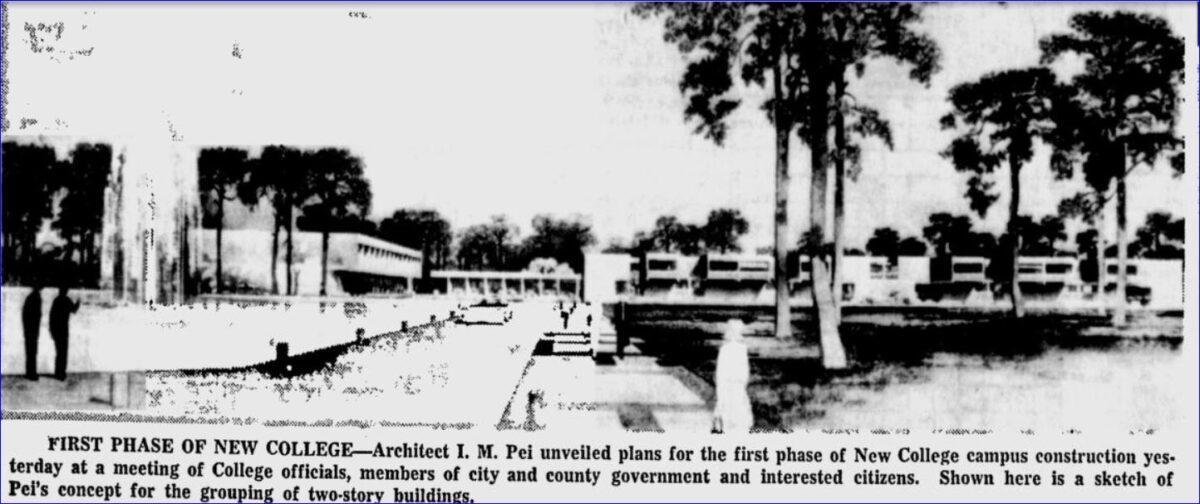
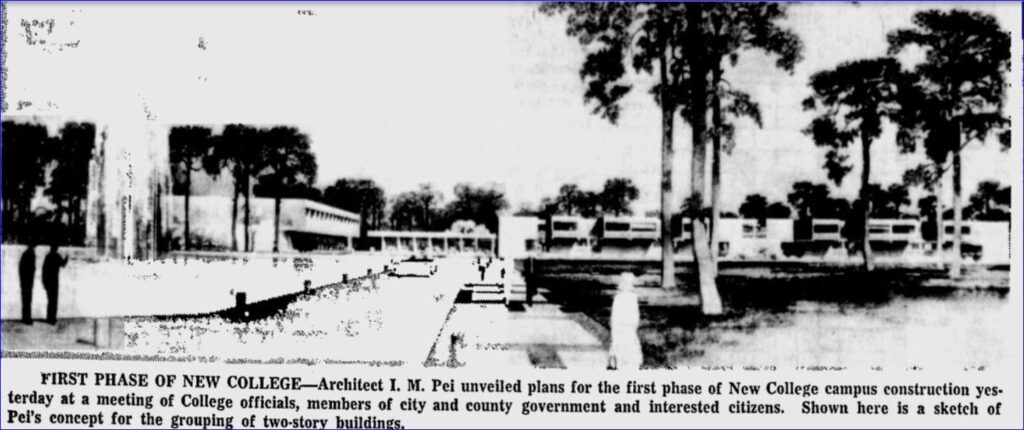


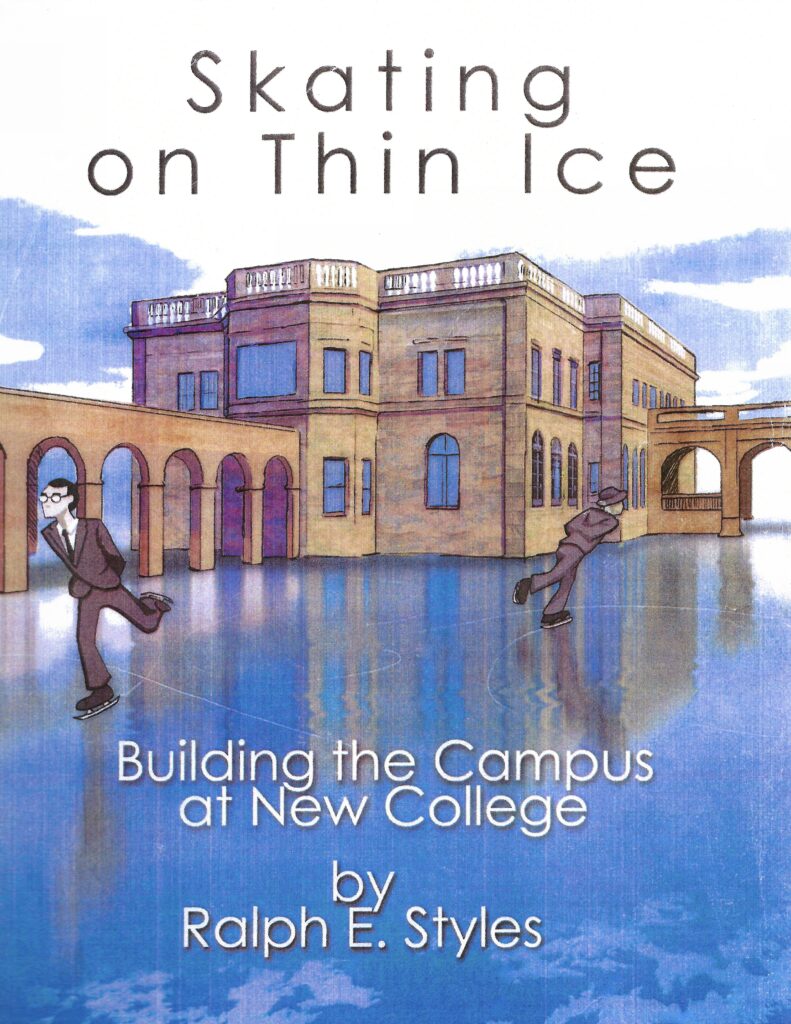
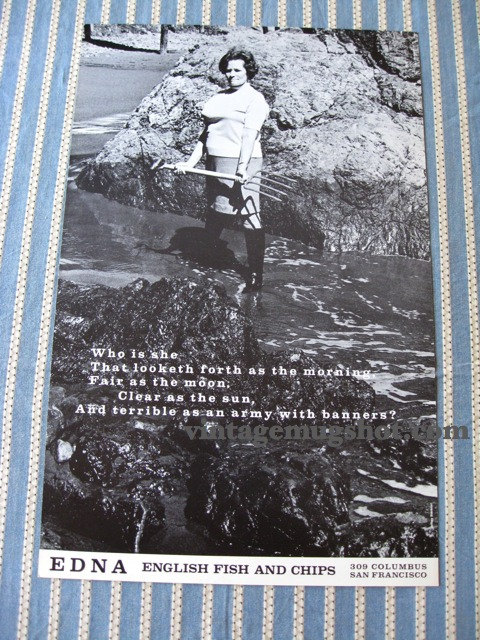
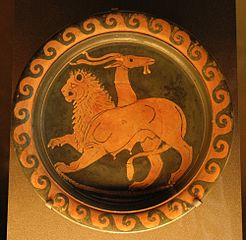 The chimera of myth consisted of the parts of three animals: lion, serpent and goat. By extension, a bio/genetic chimera is an animal composed of more than one genetic line (Wikipedia is there to help if you want to know more).
The chimera of myth consisted of the parts of three animals: lion, serpent and goat. By extension, a bio/genetic chimera is an animal composed of more than one genetic line (Wikipedia is there to help if you want to know more).
 I subscribe, via rss, to Christopher Lydon’s
I subscribe, via rss, to Christopher Lydon’s